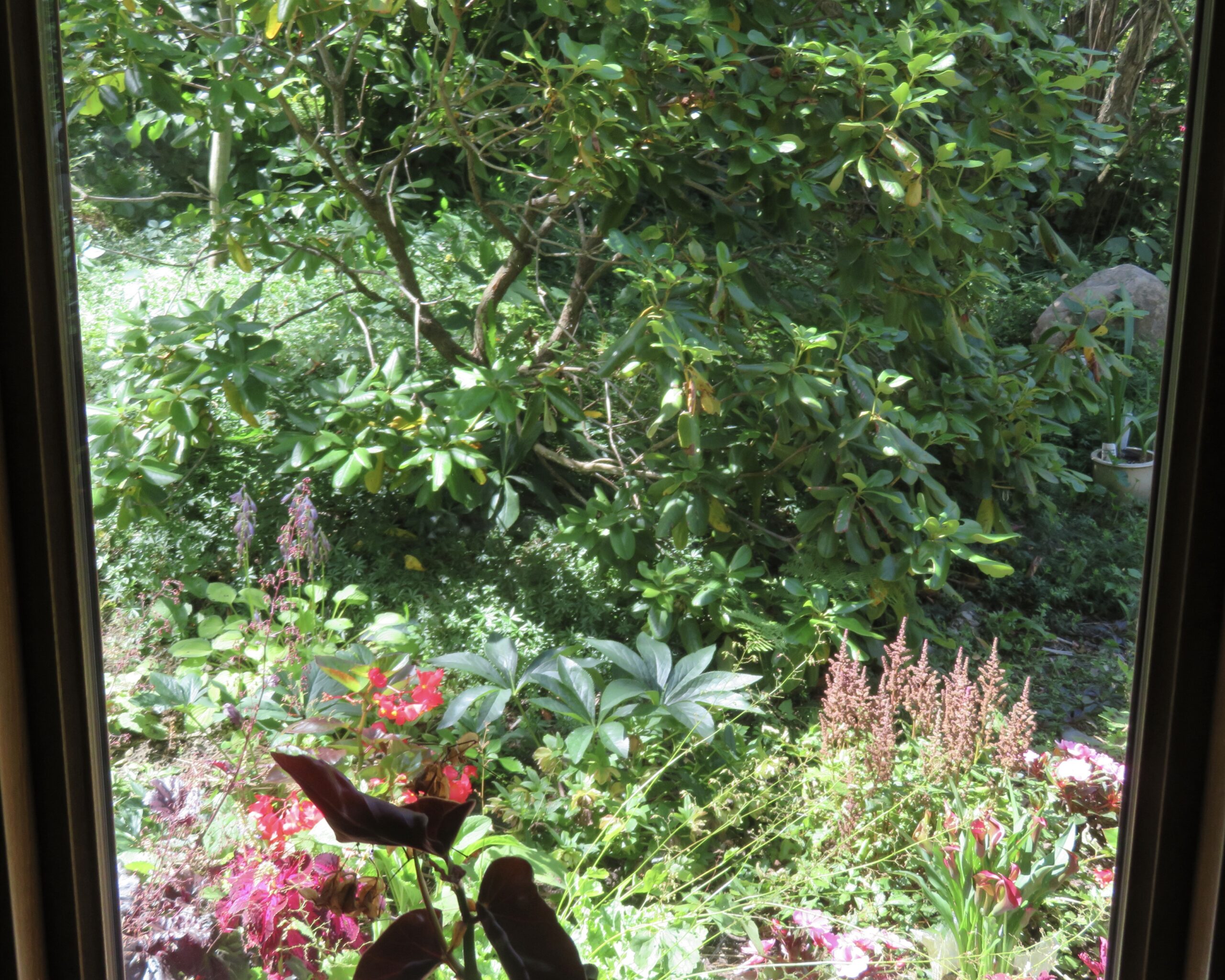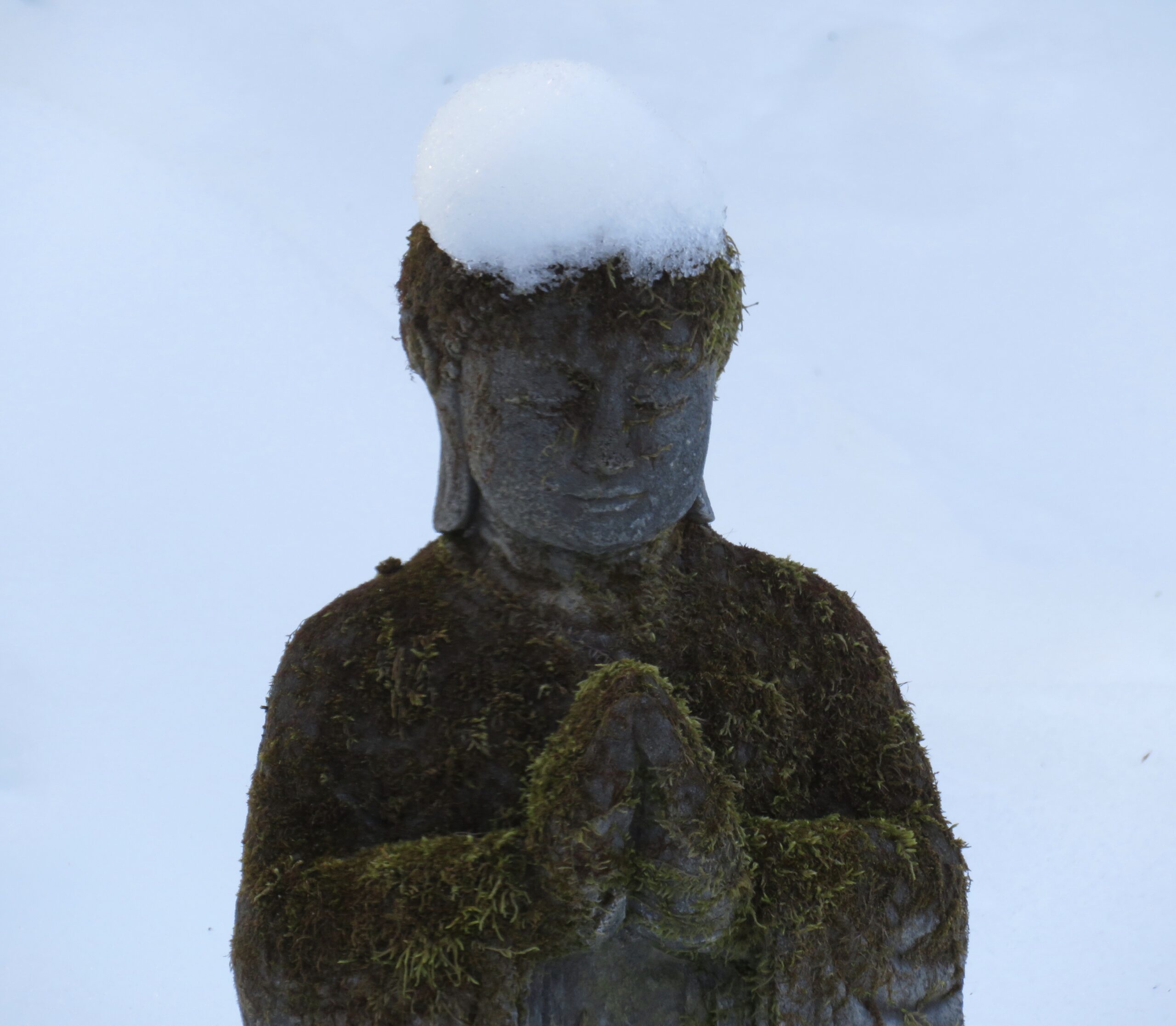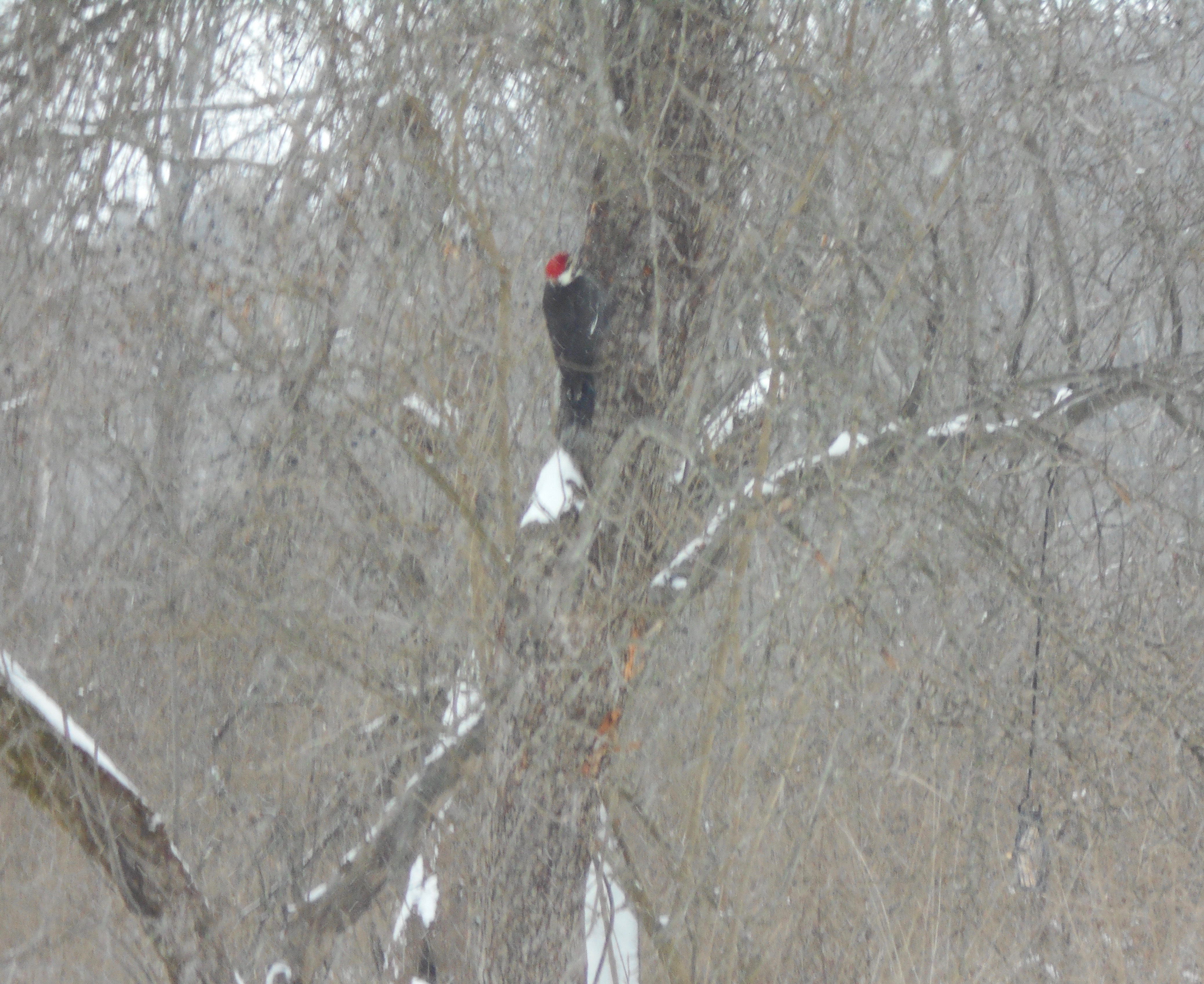Can you sit still for 15 minutes and just think, without getting up or turning to a distraction, a phone, a book, a pen, music—or something shocking? A study recently reported by NPR says that most of us can’t. Besides asking people to just sit, alone, the study included a little twist. It allowed people who felt bored or incapable of just sitting to deliver a physical shock to themselves. The result: 70% of men and 20% of women could not sit for 15 minutes without shocking themselves, some repeatedly, despite the pain of the shocks. With the women subjects who didn’t shock themselves, researchers were not clear if the women were better at sitting still or better at not shocking themselves (or both? something else?).
Why is this? The study could only make conjectures about that. How do we want to understand this information? Does it mean that we are so dependent on media or on distractions that when we try to be without them, we can’t take it? Are we habituated to our media? Or is this evidence that most of us are not comfortable with ourselves? Maybe there are too many shadows lying in wait in the mind that people feel they can’t or don’t want to face? Or are we just uneducated about how to live in our own heads, or of the role of the mind in creating our sense of the world?
In our world today, not only are we bombarded with messages and pressures to keep up with the latest technology, we feel that doing so makes us appear more important. The busier we look, the more important we feel. Being constantly connected means people value you. The ping of the cell phone is an affirmation. So, especially for young people who grow up with digital media, being disconnected can mean being less valuable.
I think this experiment, as the authors themselves indicate, invites us to study our own thinking and experiencing. Other people’s answers won’t really help us. And we don’t need only ideas of why this might be true but a truth tested in our lives and feelings. If we can’t be with ourselves, who can we be with? Schools need to join in this self-study. Do we want to raise a generation of people who need an Ap or GPS to find themselves? With increased awareness, we feel less driven. Media becomes the car, not the driver.
Think of a time that you could do nothing but wait. Waiting is not the same as just sitting by yourself for 15 minutes, but in both you might start counting moments. When you wait in line to buy something, for example, you have this idea: “I have to buy this new ipod. When I get it, I will be thrilled, happy.“ Or: “I just want the movie tickets already. I just want to get her in the theatre, so we can sit and…” Or you’re waiting for news or for the next text. In any of these situations, you feel suspended in time. You have an image or idea of a future you, when you have whatever it is you are waiting for. And there is this other you, defined by what you’re not, by what you don’t have or what you lack. In fact, you are suspended not in time but between two ideas. You are taken out of time into a mere idea of time. Or maybe not suspended but enclosed in a box constructed of ideas taped shut with emotion. This is suffering.
So study or deconstruct what you think and feel when your cell phone pings or calls to you. You might think that these feelings come with the phone, but they come with you. You are the being who feels and thinks. And notice how your culture speaks of the value of media. Notice each ad on television, each time a phone appears in a movie. Notice if there are messages about being alone. And then notice the indifference of a tree or the breeze. Does the tree need to send a text to be noticed? When you focus on the feel of a gentle breeze on your face, do you still think about your phone? What is deepest about your phone is your collection of ideas and feelings about it.
Or you might think, ah, a 15 minute respite. I have nothing I have to do. Great. And if you interpret the situation as a moment of freedom from work or whatever, a moment to just relax, then yes, that’s wonderful. But is that what actually occurs when you put away your phone?
So, just sit. Pick someplace where it is easy to sit without slouching and you can be mentally awake. Maybe close your eyes so you can better notice your thoughts, emotions, sensations, and images. What comes up for you as you just sit? All you have to do is notice. You don’t need to add anything to the noticing. There’s no need to judge the quality or value of any of the thoughts or feelings, or judge yourself for letting them pass through your mind. Just witness what’s there for you and be open to yourself, kind. If you are open, the thoughts and feelings will arise and pass more clearly. Witness even the judgments as you watch clouds passing by. And notice, also, the sun when the clouds are gone, when there are no thoughts. By notice, I don’t mean note, like write a note with your mind, or bother to remember. Just be aware. Notice the stillness when the sky is vast, blue and cloudless. Patiently, calmly, notice whatever arises, as if your mind was that vast blue space. What is important is your patient interest, your awareness of your life unfolding. Now, just sit with that calm, still awareness
When you sit alone, just notice the thoughts or sensations. Let them be just the clouds in the vast sky, or the universe noticing what is arising in itself. The thoughts will then wink out, and what will be left is a universe of awareness silently enjoying itself.










